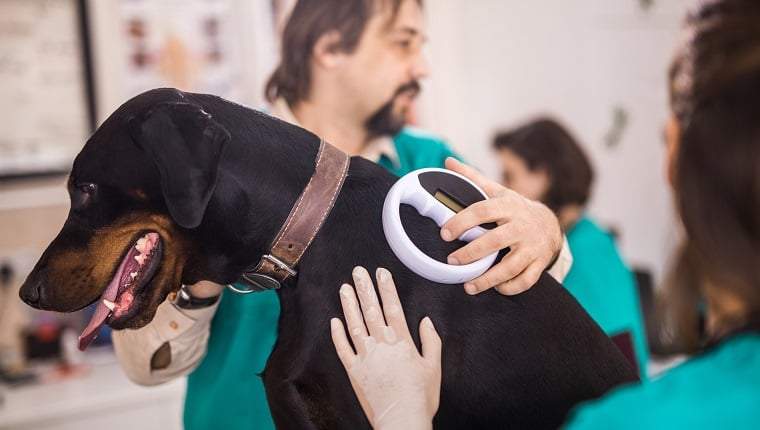Microchips help lost dogs reunite with humans!
When it comes to the statistics of lost pets, these numbers can make you worry and shock. The American Humanitarian Association estimates that one in three pets will be lost or stolen during their lifetime.
Petfinder cites a study by the American Veterinary Medical Association, which claims that only 22 percent of lost dogs that enter shelters are reunited with humans. For dogs with microchips, however, that percentage jumped to more than 52 percent.
You can take steps to prevent your pet from getting lost. However, you can never be sure if they need to find their way home. If they do, if they have a microchip, their chances of coming back to you are greatly increased.
Here are some things you should know about implanting chips for your dog to use in making chips for your pet.
What exactly is a microchip for pets?
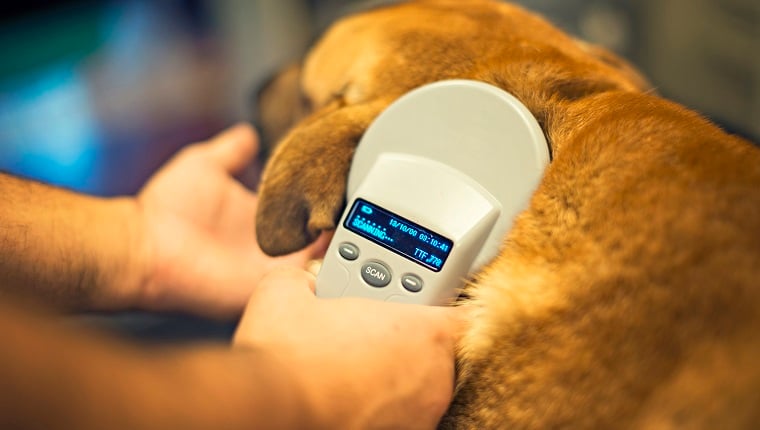
A microchip is a microcomputer chip — about the size of a grain of rice — that your veterinarian can implant under your pet’s skin, usually between the shoulder blades.
Each microchip has a unique number, which goes into the pet database. Veterinary hospitals, animal shelters and humane societies — as well as many police stations — have microchip readers. Anyone with a scanner can quickly run it on your dog’s shoulder and have them read microchip information.
This number allows the person scanning your dog to know in which database you registered your pet. They can then match your pet number with your name and phone number in order to contact you.
Are microchips a permanent method of identification?
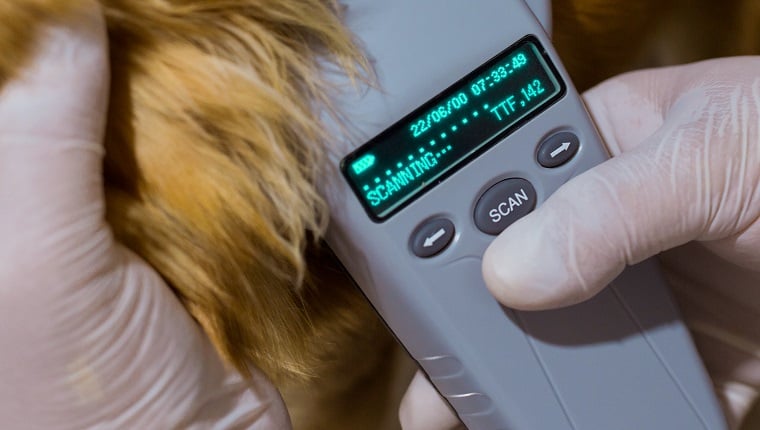
Yes, one microchip should last a lifetime. Once you have registered for it, your sole responsibility in the future is to update the registration form with any changes to your contact information.
Although properly implanted chips are not lost or damaged, microchips rarely migrate.
It’s a good idea to have your dog scanned annually during its annual checkup. Your veterinarian can ensure that the chip is still in the correct position and functioning properly.
Is microchipping a new practice?
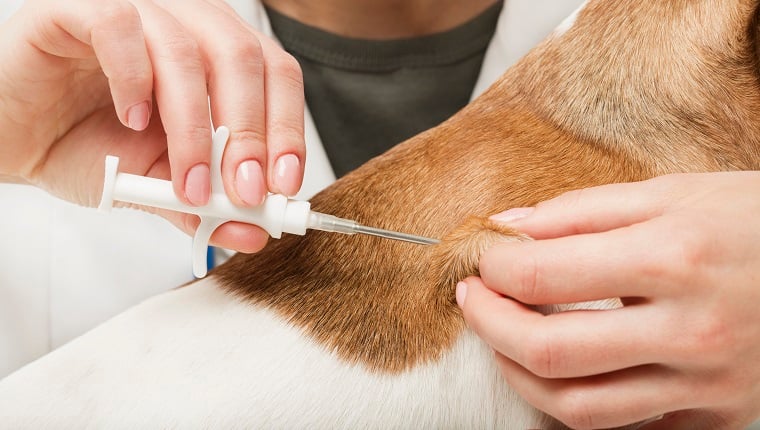
No, microchipping for pets has been a common practice for pet parents around the world for years and is becoming more popular in the United States every year. These tiny computer chips are actually quite amazing because they can hold a lot of information.
There is no need to worry about duplicate numbers as there are so many possible combinations and billions of identification numbers available. Enough to ensure that each pet has a unique number.
Can microchips harm your pets?

No, the procedure is simple and rather painless and does not require any anesthesia. It’s a lot like vaccination, where most animals are completely unresponsive.
Once your pet is implanted, it is unlikely to cause health problems or cause any type of irritation. Your pet may never know it exists.
How much does it cost to implant a microchip into a pet?
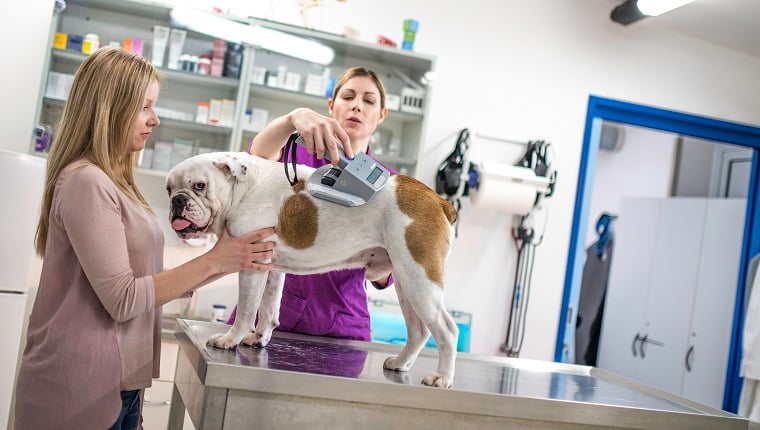
The average cost of implanting a microchip is between $25 and $50. However, many shelters now include adoption fees and fees for microchip pets before they can enter a permanent home.
Some veterinarians discount microchip implantation if the pet is neutered, neutered, or performed at the same time as routine procedures such as dental procedures.
Some humane societies also sometimes have microchip clinics, and they may offer the procedure for free or very cheaply. Check with your local humanitarian organization to see if they offer these clinics.
There may also be a small one-time fee to register your information in the database. That said, if your pet gets lost without identification, it’s still much cheaper than what you need to do.
Are there any disadvantages to implanting microchips in pets?
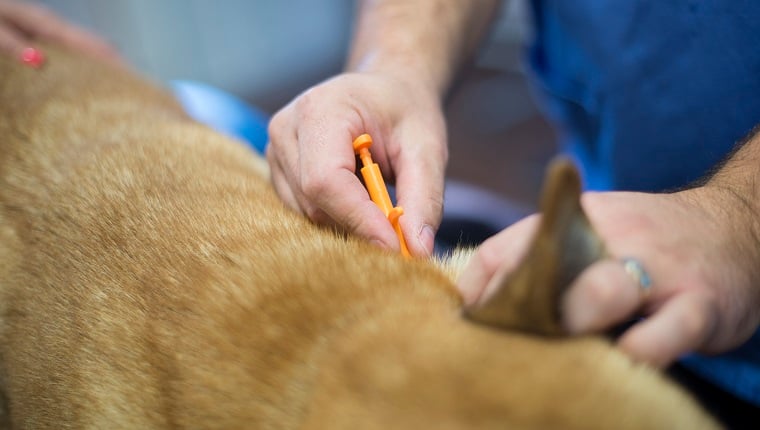
The only downside to microchips is that this form of identification won’t work unless your pet is taken to someone who has a scanner. Microchip readers are available free of charge or for a small fee in animal shelters and veterinarians, so there are readers almost everywhere.
In addition, many police stations and animal control facilities have chip readers. So, if someone takes your pet to the authorities, they will read the chip and contact you.
However, if someone unfamiliar with microchips picks up your lost pet — and therefore doesn’t bring them for scanning — then they won’t be able to identify your dog by their chip. This is one of the reasons why all dogs should wear a collar with an ID tag.
Your microchip should also have a label on your dog collar with a toll-free number listed on it. If someone finds your dog and dials the number, they can provide the identification number on the tag.
If your pet is lost, be sure to inform your microchip supplier. Some will send alerts to animal shelters, veterinary clinics, and other members of their network who are close to where you lost your pet. When you call them to report your lost pet, they immediately sound the alarm.
They may also offer “lost pet” poster services and other benefits.

